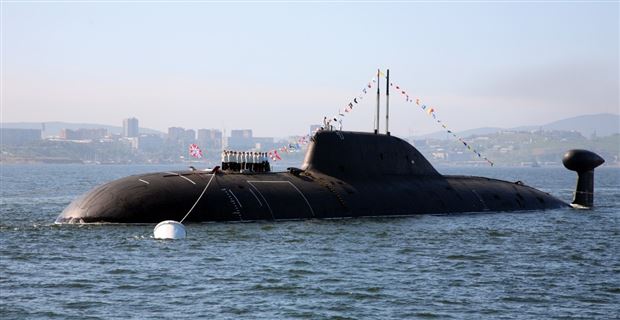The first ballistic missile submarine of India is out of commission for almost ten months. The submarine INS Arihant was flooded with saltwater after the negligence of staff who did not close the hatch properly. The damages will be repaired in almost a year’s time. The submarine was designed to work as a floating arsenal of nuclear weapon and guaranteed a retaliatory strike in case of a surprise attack.
According to an Indian Navy source, a hatch left opened on the rear side of the ship that allowed saltwater to enter the propulsion area while the ship was at the harbor. The submarine, Arihant, was in repairs for ten months while the water was pumped out of it and pipes were replaced. Indian authorities also believe that the pipes that were exposed to the saltwater cannot be trusted to work efficiently. Particularly those pipes that carry pressurized water coolant to and from the ship’s 83-megawatt nuclear reactor. Failing pipes will not only endanger the ship’s crew but also the whole submarine and the nuclear weapons on it.
The Arihant was built after investing $2.9 billion on it as a result of a submarine technology program. Its construction began in 2009 and the ship was commissioned to Indian Navy in 2016. The modified version of Russian Akula-1 class nuclear attack submarine was able to accommodate twelve K-15 short-range nuclear missiles or four K-4 intermediate-range nuclear missiles. K-15 missiles, target Pakistan with their 434-mile range while K-4 missiles can reach all of Pakistan and even to other Indian rival’s capital, Beijing. A second missile submarine, INS Arihant was launched in December and another set of 3 submarines are also planned.
India has a “No First Use” policy regarding nuclear weapons and promises to use nuclear weapons only when attacked by them. It is the sixth nation in the world that has put ballistic weapons at sea. The strategy is called Continuous At Sea Deterrence and is employed by several countries including the USA. It requires only one nuclear-missile armed submarine at sea at all times to repel a surprise attack.
Keeping the hatches under strict check and not leaving them open because they can potentially sink a ship is basic common sense. Why did the propulsion section and nuclear reactor on the 364-foot long submarine was left unattended so the flooding went unnoticed? Only investigations will tell!

